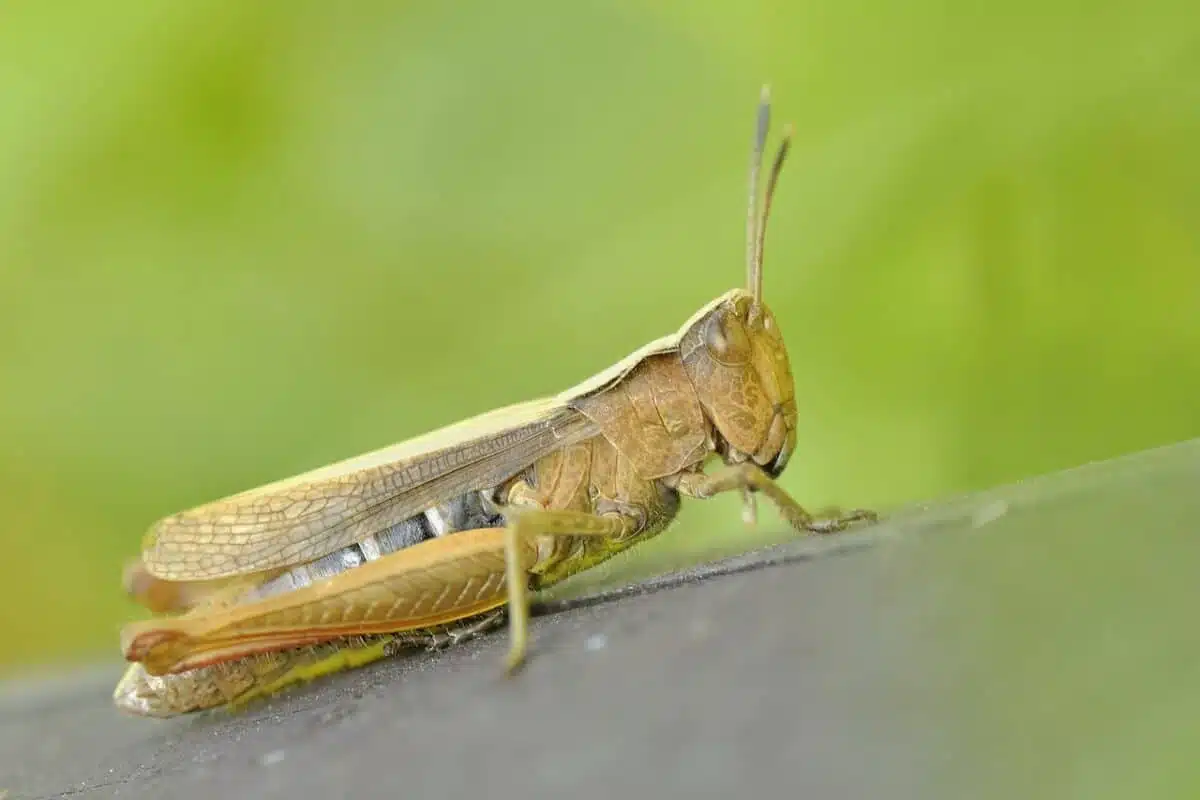Nature has an unparalleled ability to astound us with its mysteries, and among its many wonders, the swarming behavior of locusts stands out as a captivating spectacle. These seemingly unassuming insects have a remarkable talent for transforming from solitary wanderers into vast, synchronized swarms, creating a sight that has both fascinated and bewildered humanity throughout history. Let’s delve into the extraordinary world of locusts, exploring the triggers behind their swarming behavior, the mesmerizing coordination within the swarms, and the far-reaching consequences of their migratory journeys.
The Trigger: Environmental Alchemy
Locusts, those tiny aerial acrobats, are not merely bound to their solitary lifestyle. What triggers this stunning metamorphosis into a swarming force of nature? Environmental factors, akin to a complex alchemy, play a pivotal role. Increased population density and alterations in vegetation act as catalysts, setting in motion a cascade of biological changes that propel locusts into a gregarious phase. As they transition, the once solitary creatures become part of an awe-inspiring collective, ready to embark on a journey that can span vast distances.
The Symphony of Synchronized Movement
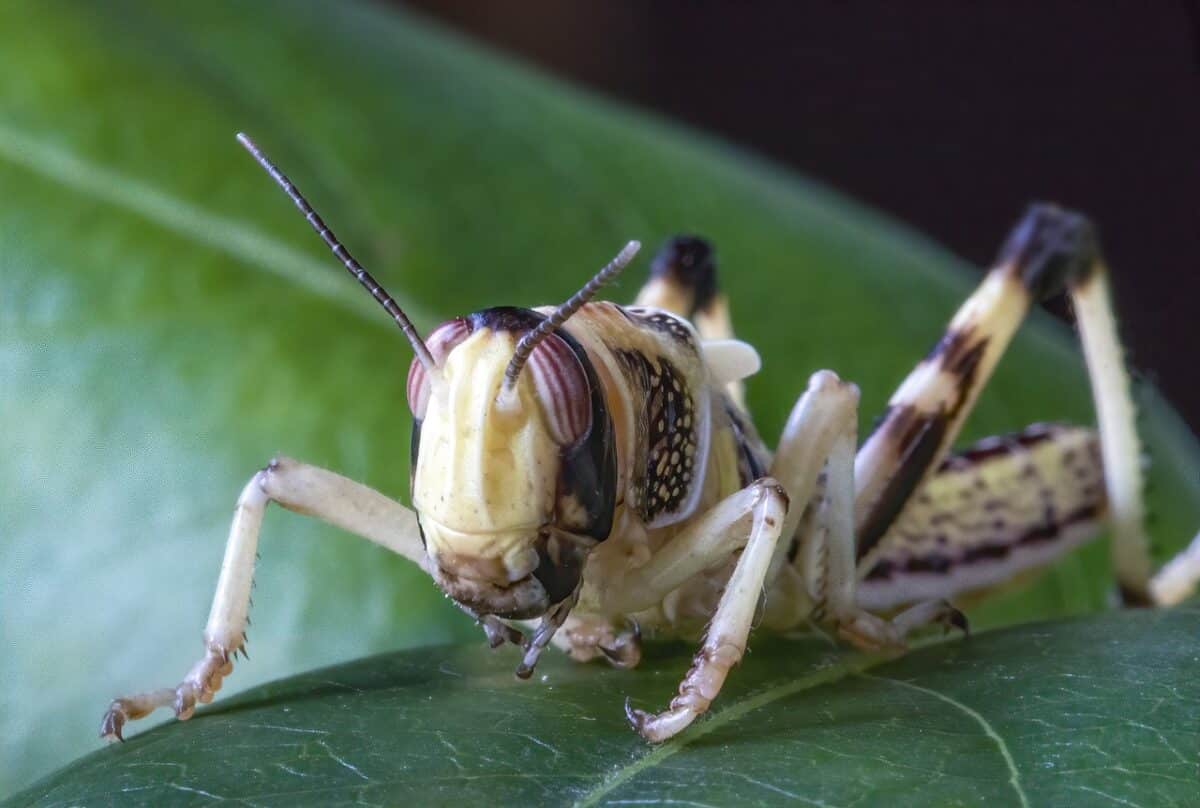
Picture this: millions of locusts moving in perfect harmony, creating a living carpet that can cover hundreds of kilometers. The coordination within locust swarms is a marvel of nature. How do these insects manage such synchronized movement without any centralized command structure? Locusts communicate through a series of visual and tactile signals, allowing them to adjust their speed, direction, and altitude collectively. This orchestration ensures that the swarm moves as a single, undulating entity, mesmerizing onlookers and leaving scientists in awe of nature’s precision.
Nature’s Survival Mechanism: A Historical Perspective
Throughout history, locust swarms have left an indelible mark on civilizations. From biblical times to modern agricultural landscapes, the impact of these migratory hordes is both profound and enduring. Locust plagues are documented in ancient texts, where they were considered harbingers of doom and famine. In the contemporary world, despite advanced technologies, locust swarms pose a significant threat to food security, causing extensive damage to crops and challenging our attempts to control and mitigate their impact.
The Global Travelers: Locust Swarms on the Move
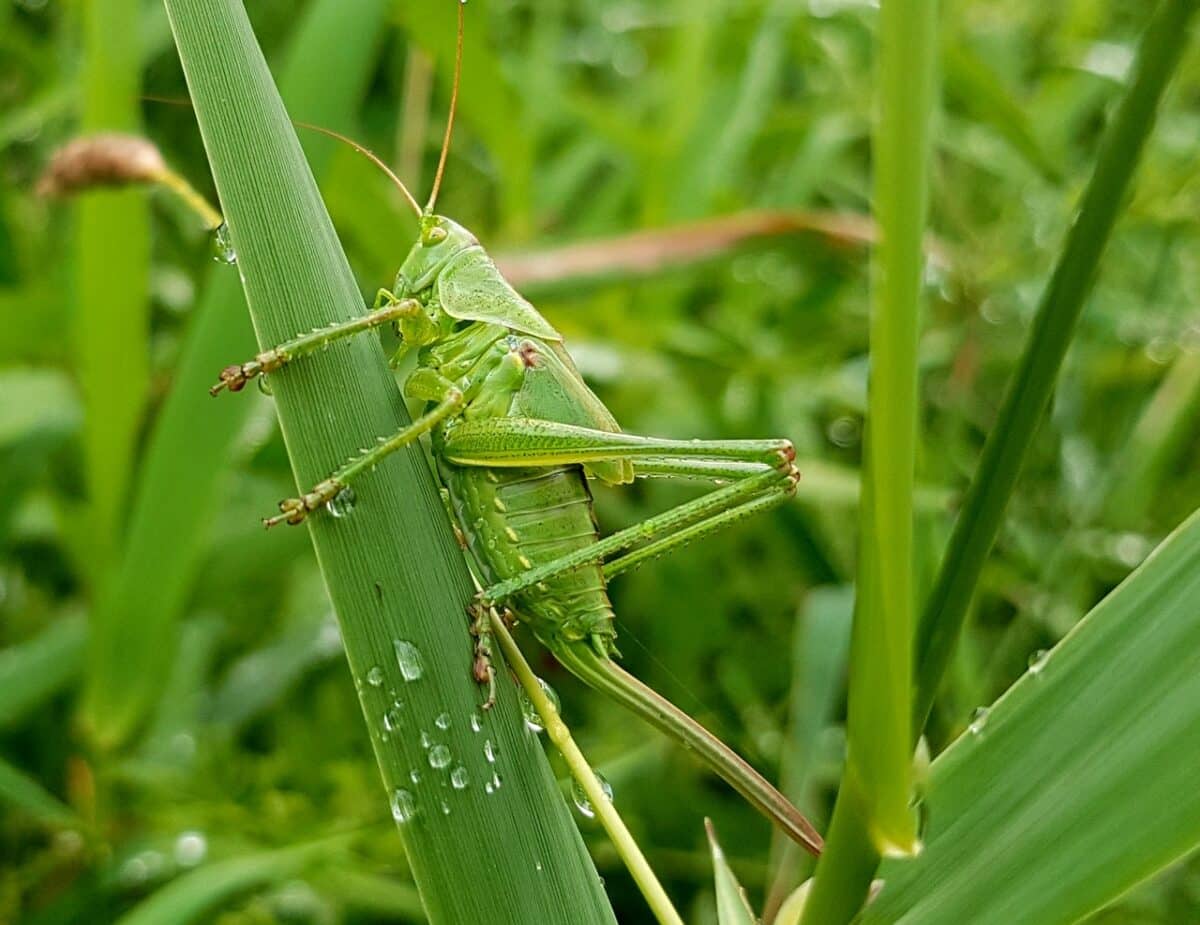
The migration of locust swarms is a breathtaking phenomenon that showcases the resilience and adaptability of these insects. Covering vast distances, sometimes crossing continents, locusts embark on journeys that challenge our understanding of insect mobility. An interesting fact: locusts have been recorded flying at speeds of up to 16 kilometers per hour, making them formidable travelers. As they traverse diverse landscapes, locust swarms become a symbol of nature’s relentless march, showcasing the interconnectedness of ecosystems on a global scale.
Ecological Ripple Effects: A Balancing Act
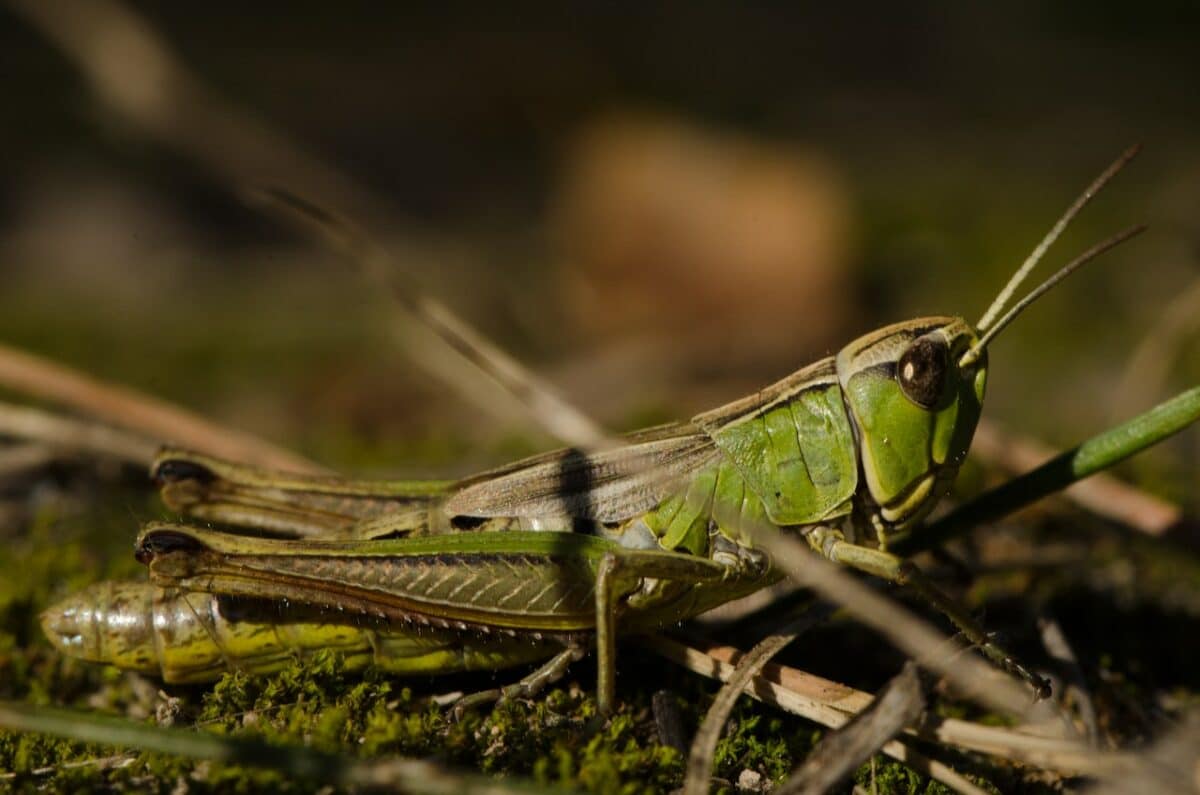
While the swarming behavior of locusts may seem like a threat, it plays a crucial role in maintaining ecological balance. Locusts are opportunistic feeders, consuming vast amounts of vegetation as they travel. This voracious appetite, seemingly destructive, actually prevents the overgrowth of vegetation in certain regions, acting as a natural pruning mechanism. The delicate balance between the locust population and the environment is a testament to the intricate dance of nature, where each participant plays a vital role in the grand tapestry of life.
Mitigating the Swarm Menace: Challenges and Innovations
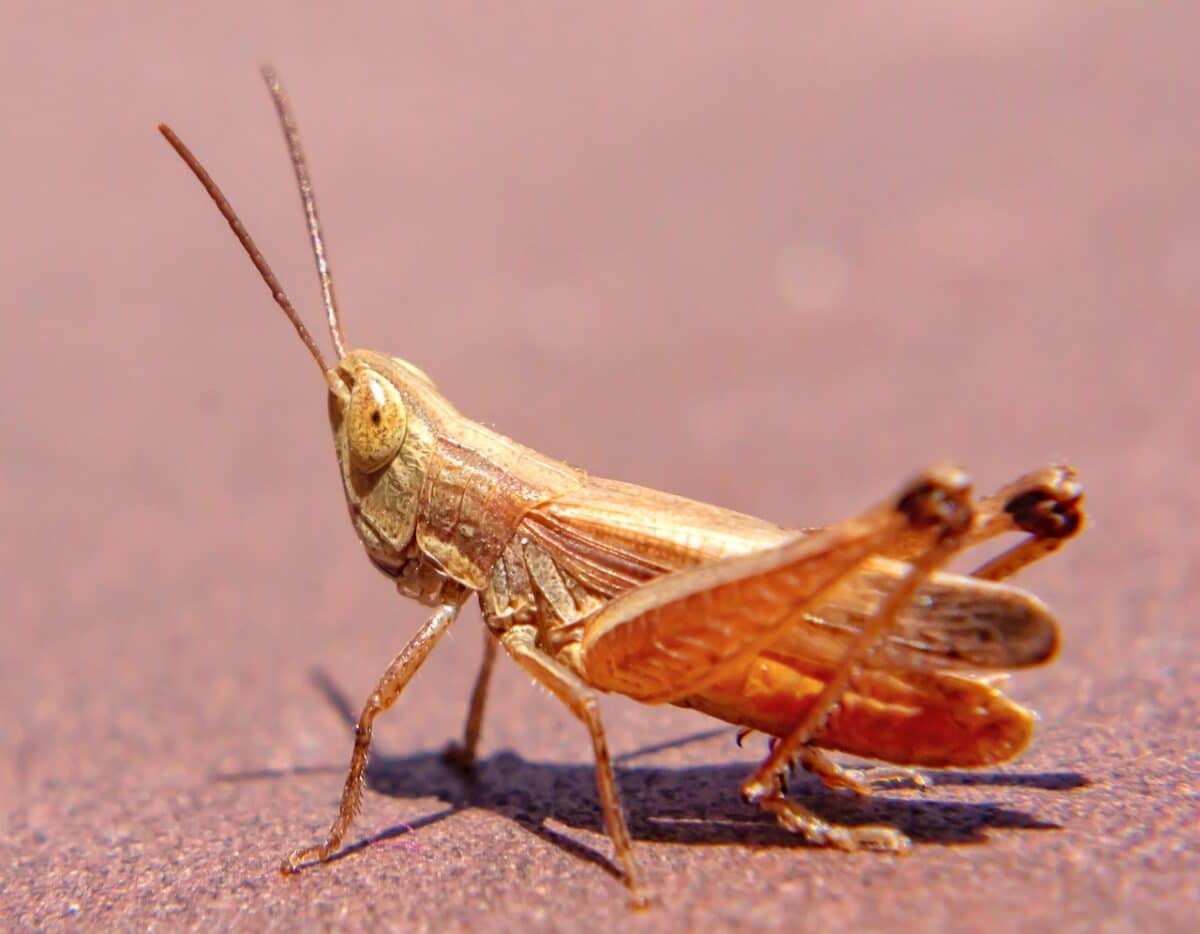
As humanity grapples with the challenges posed by locust swarms, innovative solutions are being explored to mitigate their impact. Researchers are studying the locust life cycle, behavior, and environmental triggers to develop early warning systems. Drones equipped with advanced technology are being deployed to monitor and control swarm movements. Governments and communities are collaborating to implement sustainable agricultural practices. Evidently, one’s that minimize the vulnerabilities that attract locusts in the first place. It’s a race against time, as the resilience of locusts tests our ability to adapt. Furthermore, we must innovate in the face of nature’s unpredictable dynamics.
Wrapping Up with A Symphony of Swarming Locust Behavior
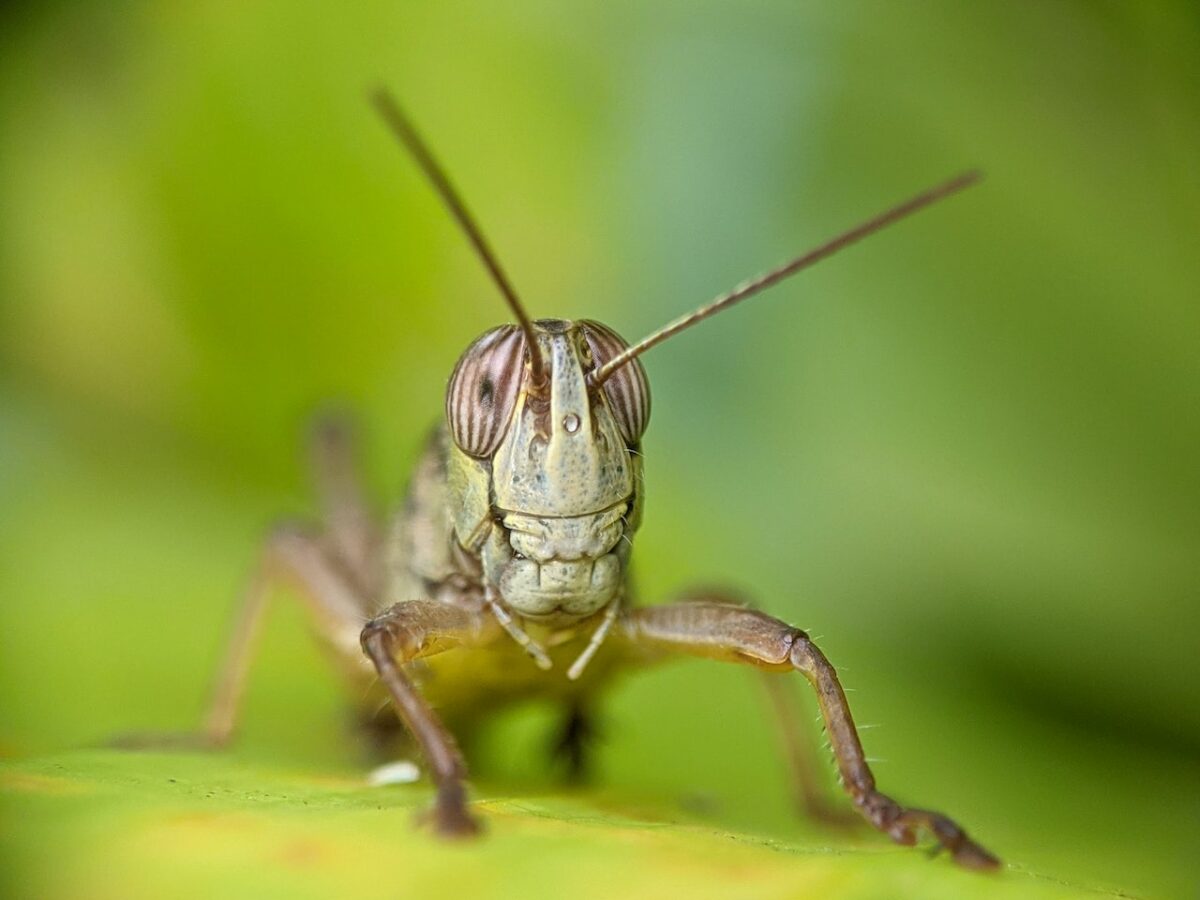
Evidently, the incredible swarming behavior of locusts is not just a spectacle. Thus, it’s a testament to the adaptability and resilience of life in the natural world. From trigger to migration, locusts showcase a symphony of survival that has fascinated observers for centuries. Furthermore, as we navigate the intricate web of ecological interactions, understanding and appreciating the role of locusts in maintaining balance becomes paramount. The ongoing efforts to mitigate the impact of locust swarms remind us that, in the grand theater of nature, every participant, no matter how small, plays a significant role in the delicate dance of survival and sustainability.
Thank you for following along with this article –
Next up in the animal kingdom:
Join our Forum for free today!

- Beachgoers Save Massive Shark Stranded In Florida - July 22, 2024
- Pit Bull Rescued From Being Chained Its Whole Life Gets A Surprise - July 21, 2024
- Dog With Zoomies Takes Flight Into Barley Field - July 21, 2024

